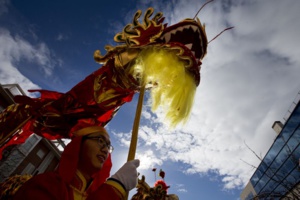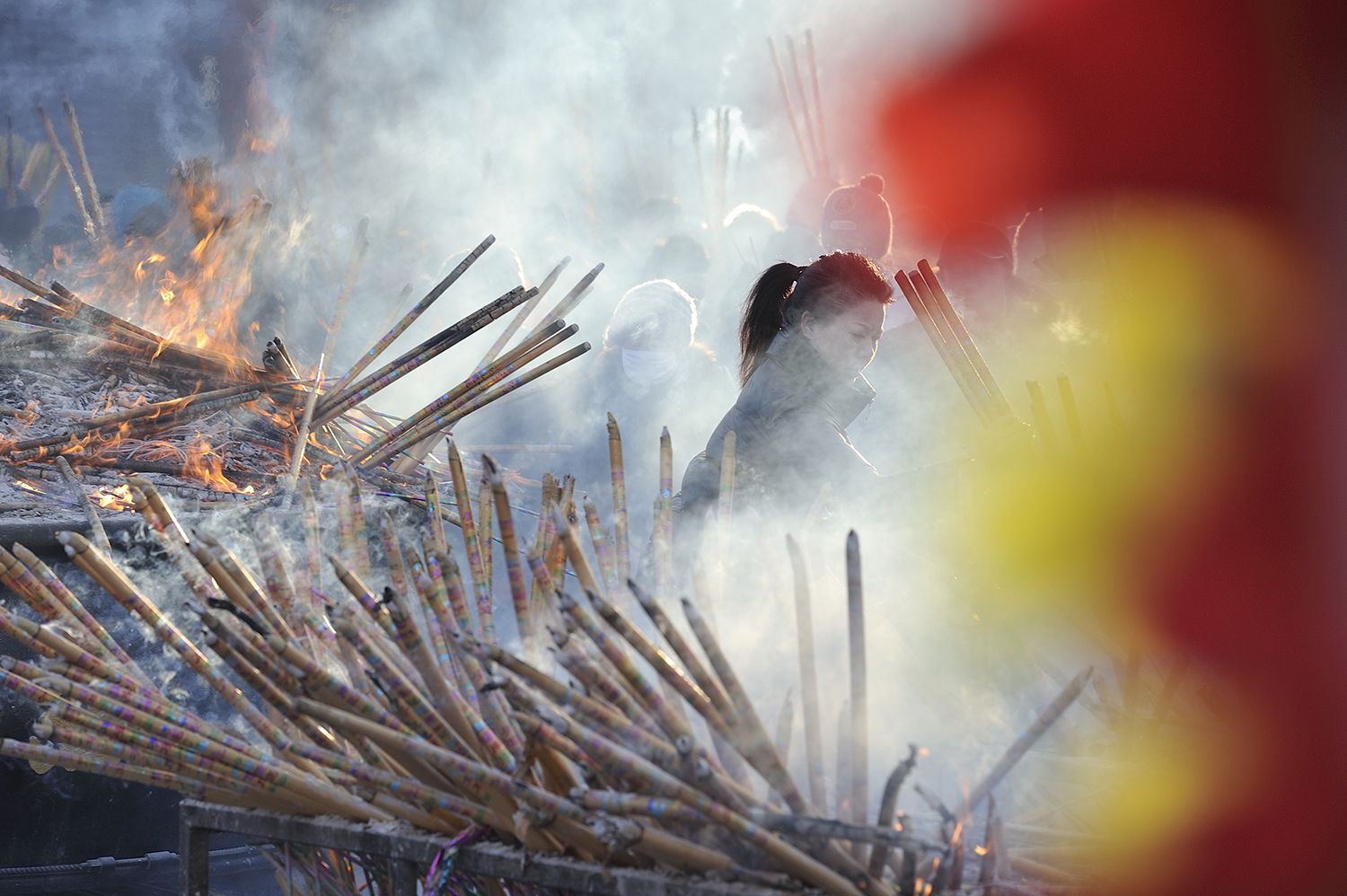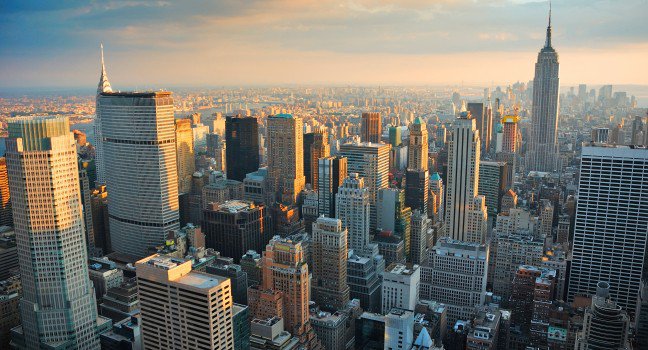Happy New Year 2017 - the year of the Red Fire Chicken.
Feliz Año Nuevo chino 2017 - el año del Gallo Rojo de Fuego.
The New Year of the fire rooster has been marked across the world on Saturday January 28th. Festive trappings are ubiquitous in China in the build-up to the lunar new year. Several countries in Asia celebrate the lunar new year in their own way. Dragon and lion dances in Chinatowns over the world have supported to make China’s the most famous. These days growing numbers of people who are not of Chinese descent are joining in.
Nevertheless, Chinese New Year is becoming a global holiday. The international festivity has been recently celebrated in cities such as Hanoi; Hong Kong; London, Madrid; Manila; Melbourne; New York; Taipei; etc. In Tokyo, window cleaners dressed up as the animals of the Chinese zodiac.
North America, Canada and New Zealand have issued commemorative stamps for the year of the chicken (or cock or rooster, as the animal of 2017 is sometimes called, inaccurately: the Chinese word is gender neutral). Last year New York city made the lunar new year a school holiday for the first time in new yorkers' cultural agenda.
Nevertheless, Chinese New Year is becoming a global holiday. The international festivity has been recently celebrated in cities such as Hanoi; Hong Kong; London, Madrid; Manila; Melbourne; New York; Taipei; etc. In Tokyo, window cleaners dressed up as the animals of the Chinese zodiac.
North America, Canada and New Zealand have issued commemorative stamps for the year of the chicken (or cock or rooster, as the animal of 2017 is sometimes called, inaccurately: the Chinese word is gender neutral). Last year New York city made the lunar new year a school holiday for the first time in new yorkers' cultural agenda.

source: AP Photo/Paul White | People from the Chinese community celebrate the Lunar New Year, the year of the Rooster, in Madrid, Spain on 28.01.2017.
Celebrations vary depending on where they are held, but this year the lucky colors are gold, brown and yellow which are associated with the New Year’s animal – the rooster. The spread of the spring festival, as China calls it, is partly due to recent emigration from China: 9.5m Chinese people have moved abroad since the end of the 70s, many of them far richer than previous waves of migrants. It also reflects the wealth and globe-trotting ambitions of China’s current middle class: festivities in other countries are partly targeting the 6m Chinese who are expected to spend their week-long holiday abroad this year. International brands are trying to lure these big spenders with chicken-themed items.
Conscious of China’s growing economic and political clout, foreign leaders have taken to noting the occasion. It is rumored that this year’s World Economic Forum in Davos was held a week earlier than usual to avoid clashing with Chinese New Year. China hopes the festival will boost its cultural “soft power” abroad. Some Chinese Government’s Representatives share their discouragement as they experience the growing enthusiasm among Chinese for 'Western celebrations' such as Christmas—in December cities across China are bedecked with Santas and snowflake decorations. Chinese New Year is a welcome chance to 'reverse' the cultural flow. This New Year of the Rooster lasts until February 15th, 2018.
Conscious of China’s growing economic and political clout, foreign leaders have taken to noting the occasion. It is rumored that this year’s World Economic Forum in Davos was held a week earlier than usual to avoid clashing with Chinese New Year. China hopes the festival will boost its cultural “soft power” abroad. Some Chinese Government’s Representatives share their discouragement as they experience the growing enthusiasm among Chinese for 'Western celebrations' such as Christmas—in December cities across China are bedecked with Santas and snowflake decorations. Chinese New Year is a welcome chance to 'reverse' the cultural flow. This New Year of the Rooster lasts until February 15th, 2018.

source: Tao Zhang/NurPhoto via Getty Images | Chinese worshippers light incense as they pray at the Dacheng Temple on Jan 28, 2017 in Qiqihar, China.
Tags :
Año Nuevo chino 2017 - el año del Gallo Rojo de Fuego
Chinese New Year 2017 - the Year of the Rooster
World Economic Forum 2017
Posted by Christopher O. DE ANDRES, on Saturday, January 28th 2017 at 19:25
|
Comments (0)
Category
Recent posts
Archives
10-N
ACNUR
ADHESIÓN DE CROACIA A LA UE
Africa
Agenda 2020 en España
Airbus A320 passengers
Al Jazeera
Amnistía Internacional
Ana Pastor
Angela Merkel
Ant Financial
Ant’s QR-based Health Code System
AnálisisyGestiónInteligenteDeDatos
Asamblea General de Naciones Unidas
Autor Christopher O de Andrés
Autoridad del Canal de Panamá (ACP)
Año Nuevo chino 2017 - el año del Gallo Rojo de Fuego
Boris Johnson
Brexit
Cabify
Caixabank
Calculated risks
Canal de Panamá
CE
CEMEX Mexico
CEN
CENELEC
China
CIA major internal investigation
Comisión Europea
Coronavirus
COVID-19
Covid-19
COVID19
CRISIS FINANCIERA
Cybercrime
David Cameron
Editorial Universitas SA
EU Convention of Human Rights
European Commission
FMI
Henrique Capriles
Human Rights
ICAA
International Business Development
Jack Ma
Jean-Claude Juncker
Mariano Rajoy
Obama
ONU
OSCE
The Council of Europe
Thomas Hammarberg
UNED
UNHCR
Unión Europea
Vladímir Putin







